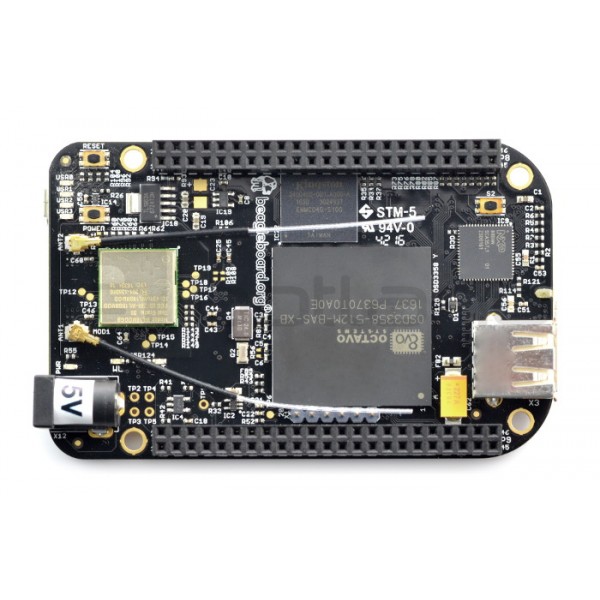


Other Wi-Fi extenders can cheap out with a Fast Ethernet port instead-10% the maximum theoretical speed.Īccording to Ngo, the RE605X’s speed classification of AX1800 is the minimum you should shoot for in a new extender, which helps to ensure that all of your devices will be able to connect, individually, at their maximum possible speeds. This helps to avoid the speed issues that all extenders suffer from when connecting back to your router wirelessly, and the Gigabit Ethernet port ensures your overall performance won’t be hamstrung by the physical connection. If you have prewired Ethernet connections in your home, or don’t mind installing some (or stringing cable), the TP-Link’s included gigabit port allows you to transform the RE605X into a makeshift access point. The RE605X performed great at a distance where other extenders struggled to deliver a signal that we could connect to, and when they were able to, these lesser extenders delivered average speeds anywhere from 25% to 60% worse than the RE605X. A Wi-Fi extender isn’t meant to be the workhorse of your home network, though, but rather a tool to give you a good-enough Wi-Fi connection at a location that previously had nothing. While its average speed of 172 megabits per second in our real-world suite of tests should be fine for most people’s internet plans, we acknowledge that’s going to feel subpar if you’re paying for a half-gigabit (500Mbps) of bandwidth or more from your internet service provider. The RE605X is plenty fast for the main ways you’ll probably be using it: internet browsing, streaming and gaming at the longest possible range. When we tested in a more real-world scenario, the RE605X blew past the average speeds of the RE715X by nearly 30%. The RE605X’s speeds were only beaten by TP-Link’s higher-price RE715X AX3000 extender, and just by a little bit, in one specific test of a not-too-common setup. By itself, it delivered among the fastest average speeds of the seven extenders we tested, and when we later slapped it in a typical home network by connecting it up to a router in different configurations, it gave us the highest average performance at a distance other extenders struggled with. TP-Link’s RE605X has a lot of power for its (very bulky) size.
#BEAGLEBONE WIFI SIGNAL EXTENDER UPGRADE#

Our top pick, the TP-Link’s RE605X, is a Wi-Fi 6 device that gives great, consistent performance at long range. “In fact, it only causes interference that adversely affects your existing Wi-Fi network.” He notes that these are products that require reading the instructions. “Just plugging in the thing won’t do anything,” he says. “There’s no such thing as plug-and-play in setting up an extender,” says Dong Ngo of Dong Knows Tech, who has reviewed networking devices for decades. To achieve the best results from a Wi-Fi extender takes an involved setup process. It can’t fix a slow internet connection, nor can it improve a misconfigured or misbehaving router. An extender latches on to your wireless signal where it’s good and blasts out a separate Wi-Fi signal of its own, which may be just enough to keep you streaming, browsing and downloading.

A Wi-Fi extender can solve a common problem many people face at home: a wireless network that’s slow, inconsistent or straight-up missing when you’re trying to use a device at the fringes of your router’s range.


 0 kommentar(er)
0 kommentar(er)
